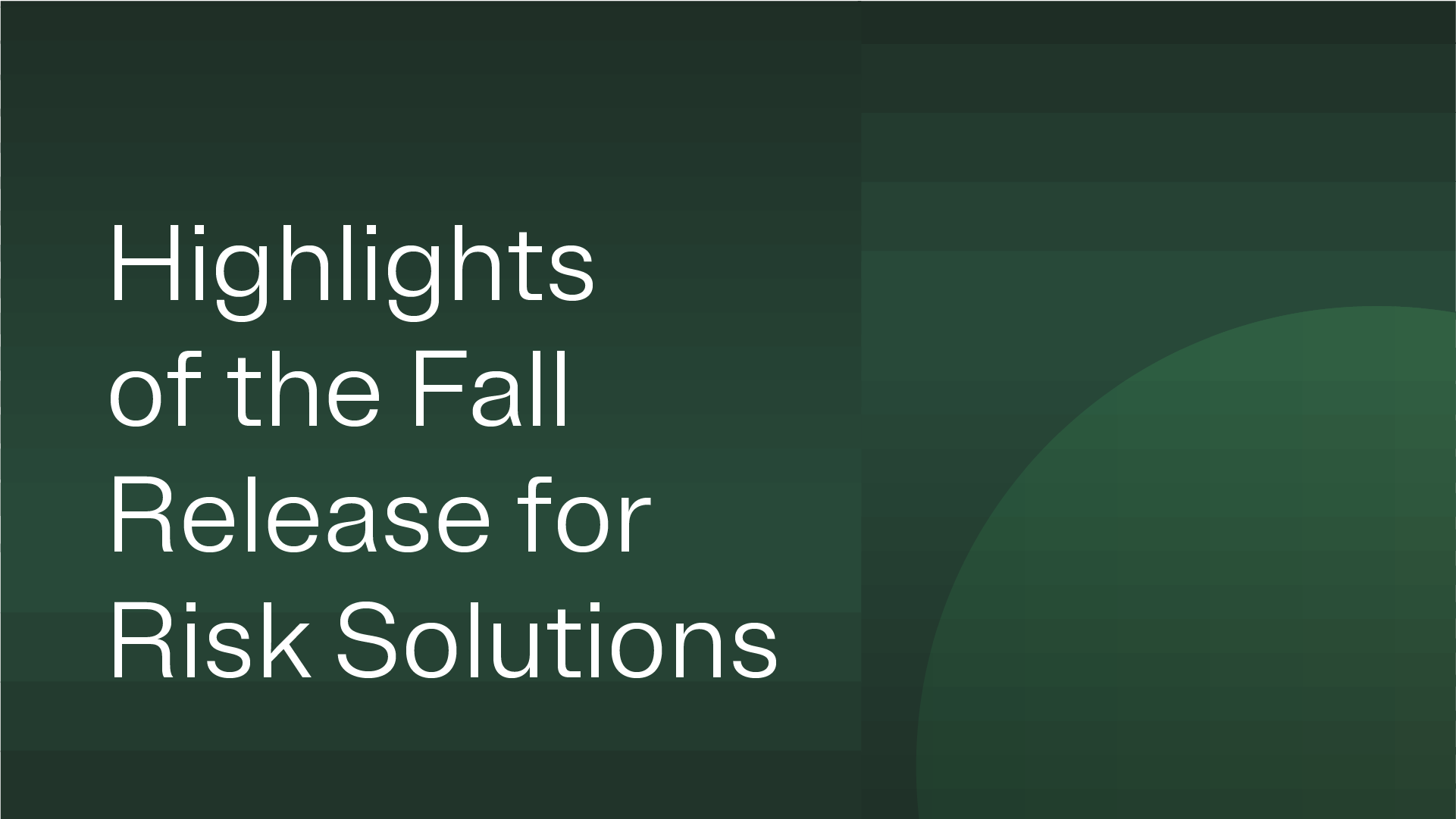AI Model Drift
AI Model Drift occurs when an artificial intelligence model’s performance declines over time because of changes in data, environment, or user behavior.
What is AI Model Drift?
AI Model Drift refers to the gradual degradation of an artificial intelligence model’s accuracy or reliability when real-world conditions differ from the data it was trained on. It can result from evolving user behavior, market dynamics, or external factors like regulatory updates. Detecting and mitigating AI Model Drift helps organizations maintain fair, compliant, and effective systems. In practice, it’s a key focus within AI Governance and Model Risk Management programs.
Why AI Model Drift matters
When models drift, predictions become less accurate, potentially leading to biased or unreliable outcomes. For organizations, this can affect decision-making, customer experience, and operational efficiency.
Under frameworks such as the EU AI Act and GDPR, maintaining explainability and reliability of AI models is a compliance expectation. Regular monitoring and documentation of model drift demonstrate accountability and ensure organizations meet regulatory obligations.
Proactive drift detection protects trust, reduces enforcement exposure, and ensures that AI systems evolve responsibly with their data environments.
How AI Model Drift is used in practice
- Monitoring predictive models in finance or healthcare to detect deviations in accuracy or bias over time.
- Implementing automated retraining pipelines to restore performance and compliance.
- Using drift metrics to validate ongoing model reliability in high-risk use cases.
- Adjusting monitoring frequency based on regional or regulatory requirements.
- Assessing third-party models for drift to maintain supply chain compliance and transparency.
Related laws & standards
How OneTrust helps with AI Model Drift
OneTrust helps organizations manage and mitigate AI Model Drift by enabling:
- Configurable workflows to document model performance and retraining events
- Continuous monitoring and evidence collection for compliance reporting
- Automation to align with the EU AI Act and other AI governance frameworks
- Collaboration tools for privacy, data science, and compliance teams
- Oversight features that strengthen transparency and accountability in model lifecycle management
With OneTrust, teams can track drift across models, maintain compliance, and ensure AI systems remain accurate, fair, and trustworthy.
[Explore Solutions →]
FAQs about AI Model Drift
AI Model Drift refers to performance degradation over time due to data or environment changes, while AI Model Bias occurs when training data leads to systematic unfairness in outputs.
Responsibility typically lies with data science, engineering, and compliance teams, supported by AI governance functions that monitor performance and ensure regulatory alignment.
By continuously monitoring and documenting drift, organizations meet the EU AI Act’s requirements for transparency, risk management, and system reliability across the AI lifecycle.




